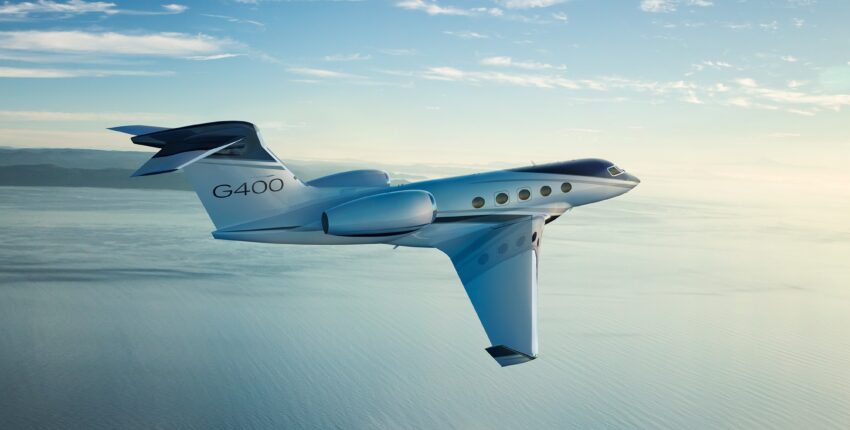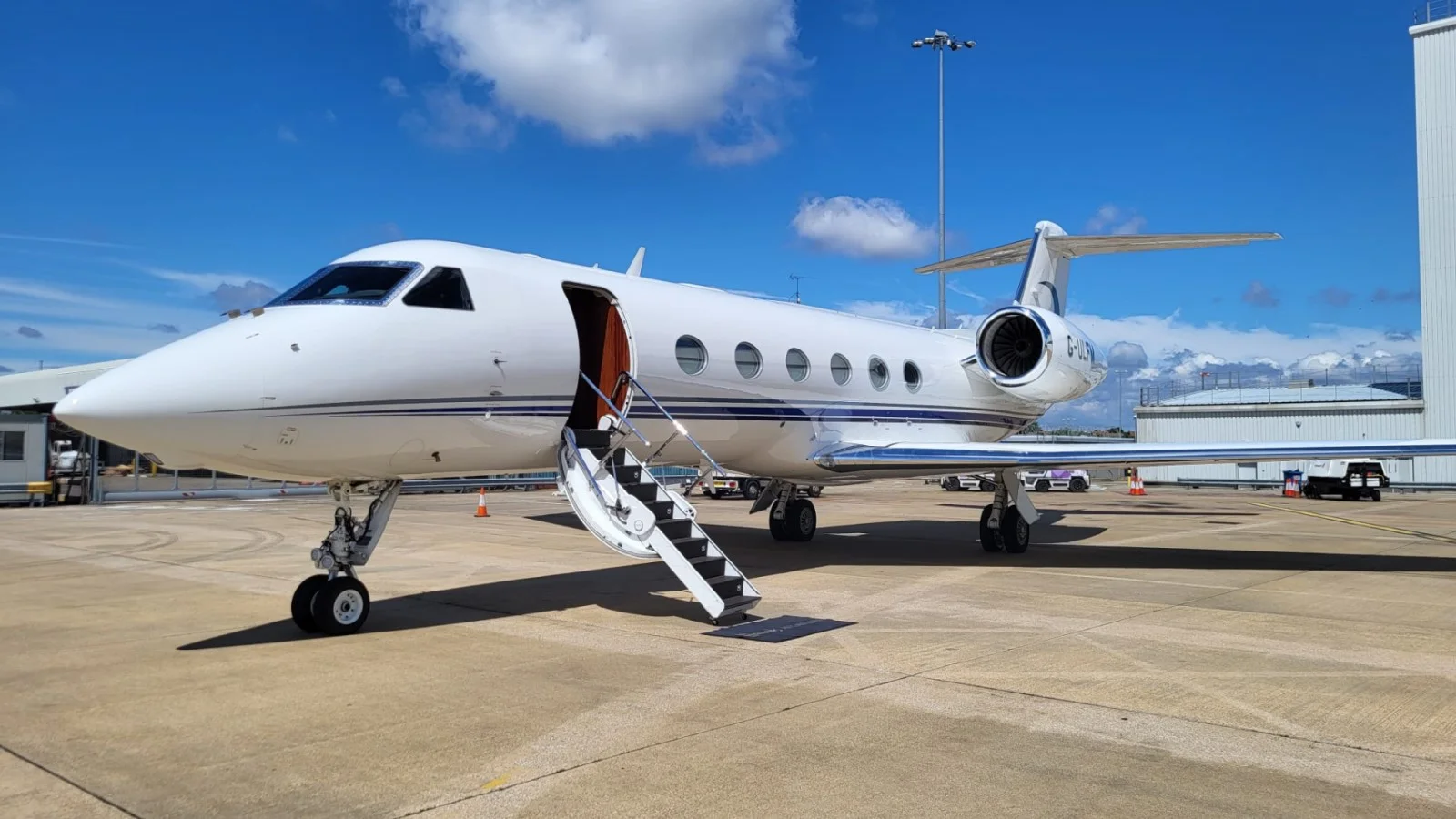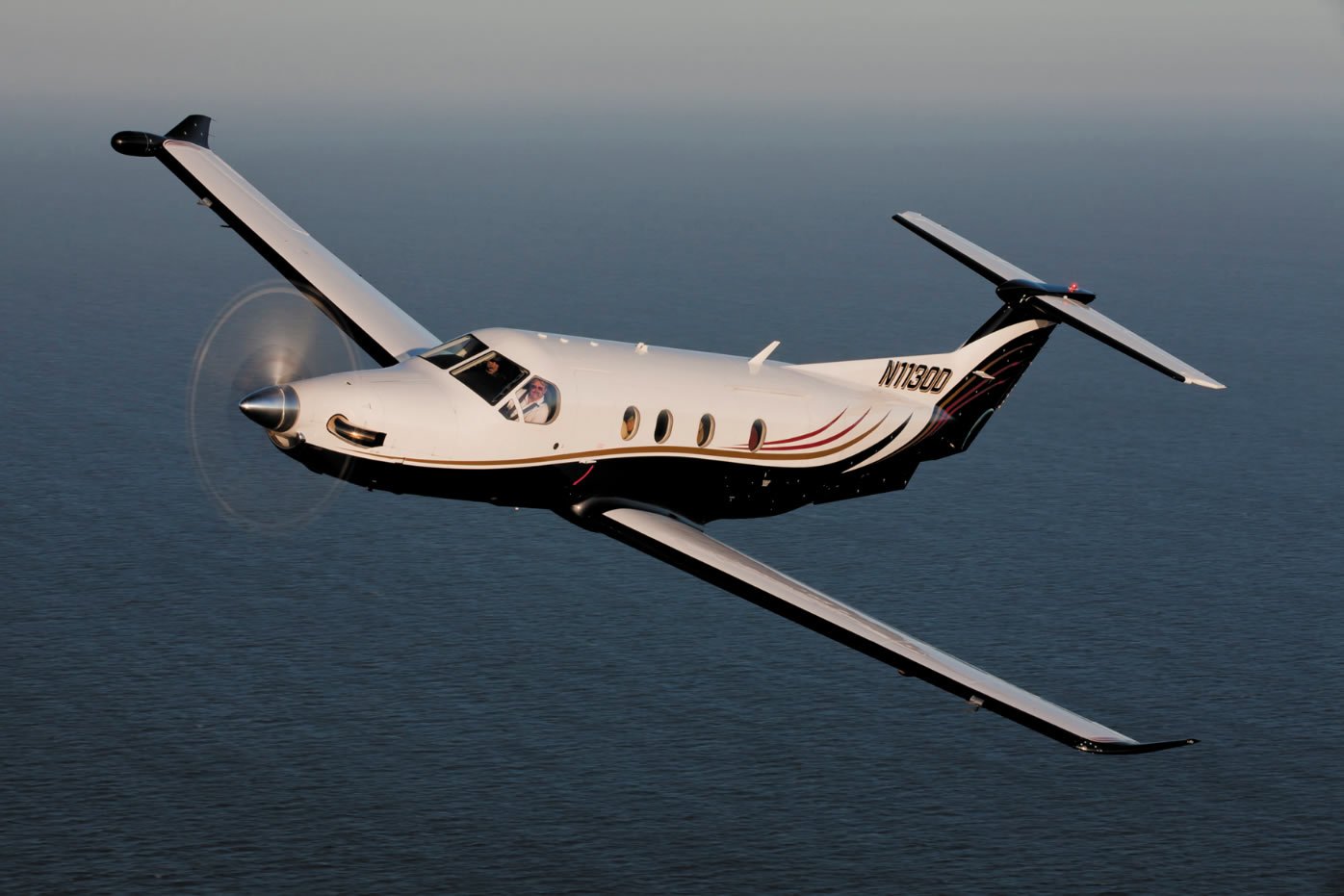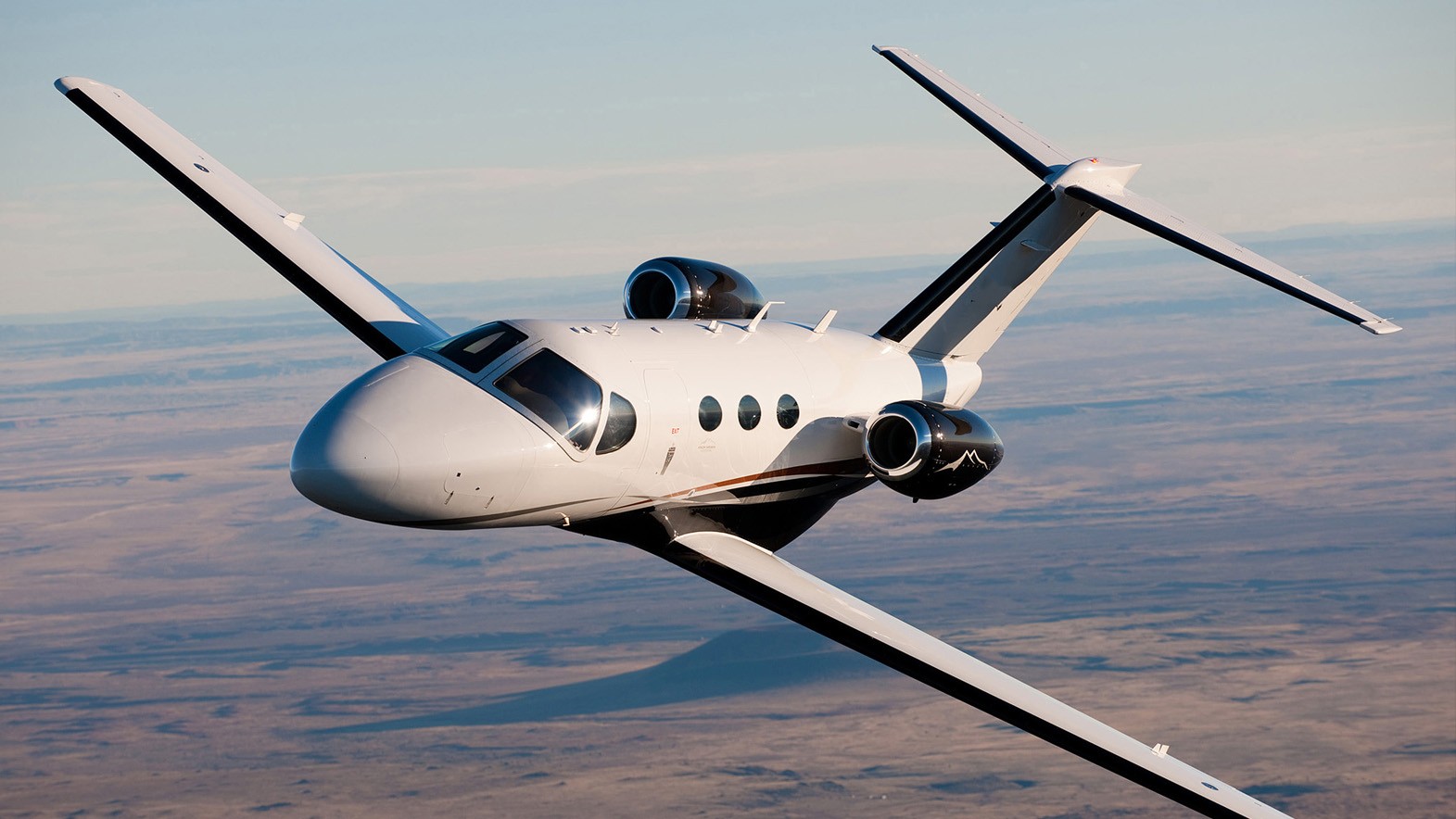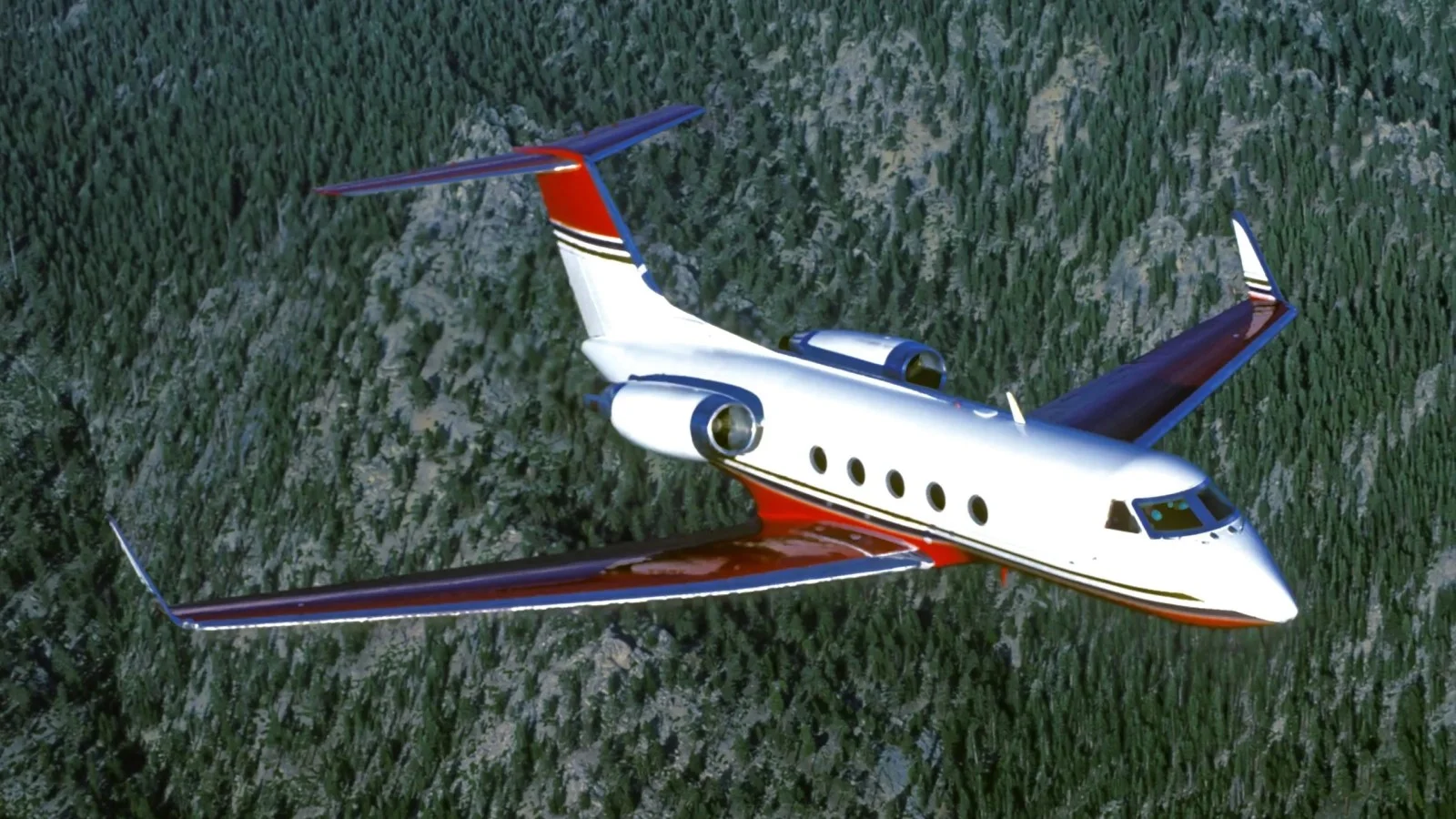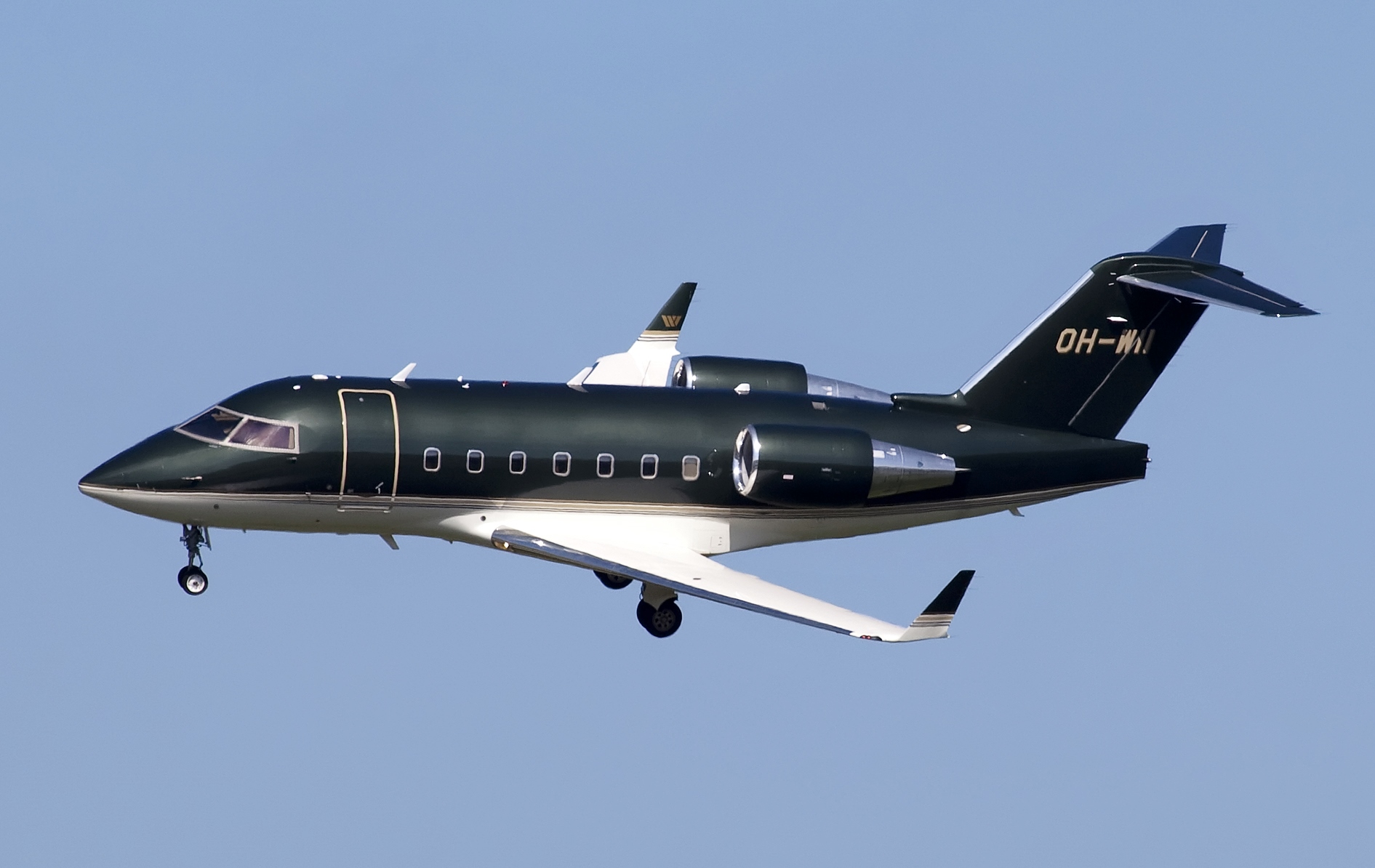The Gulfstream G650ER: When Good Enough Simply Isn’t
8 min read
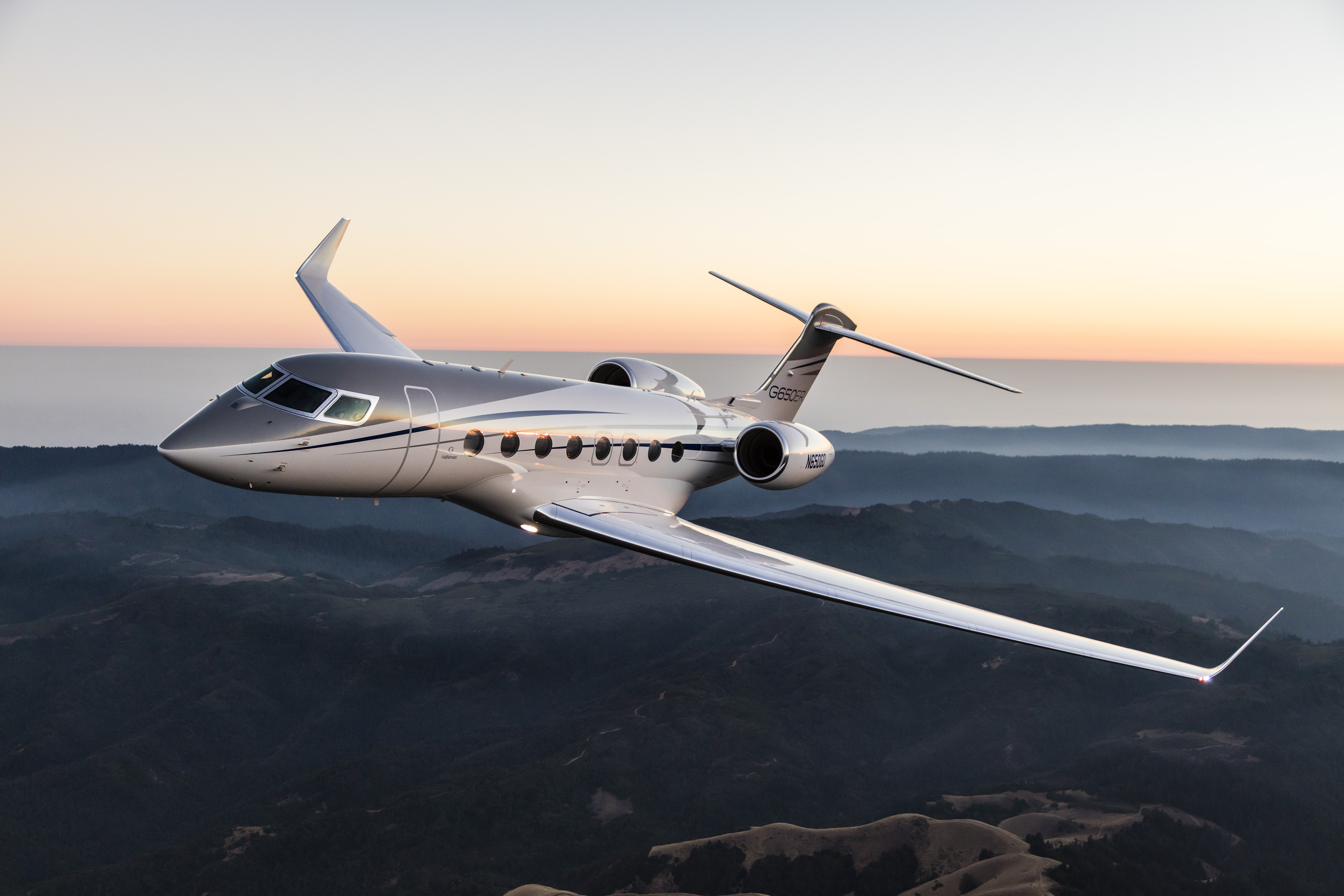
Look, we've all seen business jets before. Sleek, fast, expensive; the usual suspects. But every so often, something comes along that makes you stop and really pay attention. The 2014 Gulfstream G650ER is one of those aircraft.
This isn't just another pretty face in the ultra-long-range category. The G650ER represents Gulfstream's answer to a very specific problem: what happens when your already impressive flagship jet still can't quite reach everywhere your clients want to go? The solution, as it turns out, was elegantly simple.
The "ER" stands for Extended Range, which probably tells you everything you need to know about why this aircraft exists. But there's more to the story than just stuffing extra fuel tanks into an already proven design. This is a jet that emerged from real-world demands, real flight operations, and the kind of feedback that only comes when you've been flying the world's most discerning passengers for years.
How the Jet Came to Be
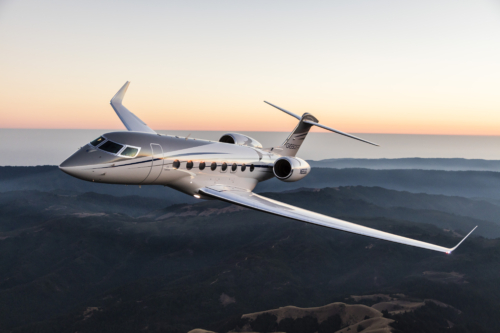
The story of the G650ER doesn't really start in 2014. It began almost a decade earlier, back in May 2005, when Gulfstream was quietly working on what would become its most ambitious project yet. The original G650 was already pushing boundaries before most people even knew it existed.
By March 2008, when Gulfstream finally pulled back the curtain, the aviation world got its first look at something genuinely impressive. Here was the company's largest, fastest, and, yes, most expensive business jet to date. The G650 was making promises that seemed almost too good to be true: transcontinental range, speeds that rivaled some commercial airliners, and a cabin that redefined what "spacious" meant in business aviation.
But here's the thing about the ultra-long-range market: it's never quite long enough. Customers who could afford a $65 million aircraft weren't just looking to hop between New York and Los Angeles. They wanted to connect continents without stopping. They wanted to fly from London to Singapore, or Los Angeles to Sydney, without the hassle of fuel stops and customs delays.
So Gulfstream went back to the drawing board. Not to redesign the G650, but to solve the range equation more directly. On May 18, 2014, at the European Business Aviation Association exhibition, they had their answer: the G650ER.
The solution was beautifully straightforward. Take the proven G650 platform and give it a 4,000-pound boost in fuel capacity. That might not sound revolutionary, but in the world of ultra-long-range aviation, 4,000 pounds of fuel translates to hundreds of additional nautical miles.
The certification process moved quickly by aviation standards. The FAA signed off in October 2014, and by the end of that year, the first G650ERs were rolling out of Savannah.
It's worth noting that this success story does have an endpoint. In February 2025, Gulfstream ceased production of the entire G650 family, ER included, making way for the newer G800.
Performance: Where the Numbers Actually Matter
Here's where things get interesting, and where the G650ER starts to separate itself from the pack. You can talk about luxury and comfort all you want, but at the end of the day, performance is what justifies the price tag. And honestly? The numbers on this aircraft are pretty remarkable.
Those Rolls-Royce engines don't just sound impressive; they deliver. We're talking about power plants that can push this substantial aircraft to Mach 0.925 at maximum speed. But here's what is more compelling: even at high-speed cruise settings of Mach 0.90, you're still covering ground at 516 knots.
The climb performance tells its own story. 840 feet per minute with all engines running means you're not spending much time down in the weeds with the weather and commercial traffic. Even with an engine failure, you're still climbing at 467 fpm. That's reassuring when you're departing from challenging airports or dealing with terrain.
But let's talk about what really matters: range. The G650ER's maximum range of 7,500 nautical miles isn't just a number on a spec sheet; it opens up flight possibilities that simply didn't exist before. Los Angeles to London? Non-stop. New York to Dubai? Done.
The normal range figure of 7,095 nm is probably more realistic for day-to-day operations, accounting for reserves and real-world conditions. Still, that's enough range to circumnavigate the globe with just one fuel stop.
What makes these numbers even more impressive is the altitude capability. A service ceiling of 51,000 feet means you're operating in relatively empty airspace, avoiding most weather patterns and commercial traffic conflicts. The initial cruise altitude of 41,000 feet gets you up there quickly, with the ability to climb higher as fuel burns off and weight decreases.
Interior and Features: Where You Actually Live
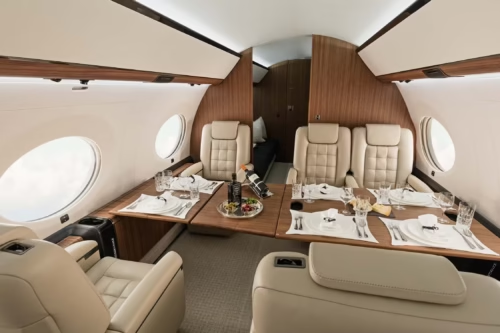
Performance gets you there, but let's be honest, if you're spending 13+ hours in the air, the cabin better be something special.
Let’s start with the 16 panoramic windows that are probably the first thing that hits you when you step aboard. At 28 inches wide, the oval shape floods the cabin with natural light in a way that fundamentally changes how the space feels.
Next is the typical 2014 configuration that gives you a sense of how much space the cabin really has. It’s a three-zone layout that comfortably handles 14 passengers without anyone feeling cramped. The forward section includes crew rest facilities and a lavatory. Then you've got the galley, where you can actually prepare real meals.
The main passenger area flows beautifully. Forward four-place club seating with tables for meetings or dining, a mid-cabin conference group that faces a credenza for presentations or just spreading out, and an aft section with those clever three-place berthing divans. It's flexible in a way that actually makes sense for how people really travel on long flights; sometimes you need to work, sometimes you need to eat, and sometimes you just need to sleep.
Speaking of sleep, up to seven passengers can convert their seats into proper beds. Not the airline-style "lie-flat" that still feels like you're contorting yourself, but actual beds.
The technology integration is where Gulfstream shows it understands modern travel expectations. The Cabin Management System ties everything together: entertainment, lighting, climate control, and even those electric window shades. Multiple HD LCD monitors throughout the cabin mean everyone gets their own screen. The CabinView system lets passengers track the flight's progress.
High-speed internet options keep you connected, though let's be realistic, sometimes the best part of a long flight is being unreachable. But when you need to stay plugged in, the connectivity is there.
The in-flight-accessible baggage compartment deserves a mention, too. Being able to retrieve items during flight without bothering the crew is one of those small touches that makes a real difference in day-to-day operations.
Pricing and Operating Costs: The Reality Check
Alright, let's talk money.
When the G650ER was rolling off the production line, the factory list price sat at around $70.5 million. But the used 2014 models cost anywhere from $25 million to $40 million, depending on what you're getting.
But here's what everyone really wants to know: what does it actually cost to operate one of these things? The numbers can be eye-watering if you're not prepared for them.
Let's say you're flying 450 hours annually. At current fuel prices (we're assuming $6 per gallon), you're looking at total variable costs of around $3.3 million. That covers fuel, maintenance reserves, engine programs, all the stuff that scales with how much you fly.
Then you've got your fixed costs, about $1.07 million annually. This is the cost of crew salaries, insurance, hangar fees, and annual inspections.
Put it all together, and you're talking about an annual operating budget somewhere between $3.9 million and $4.4 million for that 450-hour schedule. The hourly operating cost works out to roughly $3,662 to $10,166, depending on exactly how you slice the numbers and what you include.
Avionics: The Brain Behind the Beauty
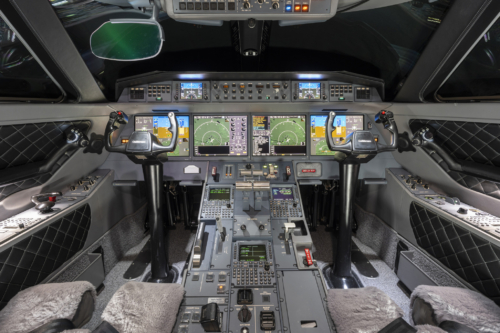
The 2014 G650ER came standard with Gulfstream's PlaneView II, built on Honeywell's Primus Epic platform. Think of it as the aircraft's central nervous system; everything flows through this integrated setup rather than a collection of separate boxes.
What made these models impressive was getting the full suite without paying extra. Auto-throttles manage power throughout the flight, optimizing efficiency and reducing pilot workload. Predictive windshear detection looks ahead instead of just warning when you're already in trouble. The FAA certification for steep approaches opens up destinations like London City Airport that many jets simply can't reach safely.
Strengths: What Gets It Right
The G650ER's 7,500 nm range at Mach 0.85 isn't just impressive on paper. It enables genuine non-stop global connections like Sydney to Los Angeles in under 13 hours. The aircraft has proven this with record flights, including an 8,379 nm trek from Singapore to Tucson. At Mach 0.925 maximum speed, it's among the fastest business jets available.
The Rolls-Royce BR725 engines deliver 16,900-17,000 lbf thrust each with a 10,000-hour time between overhauls. That's reliability you can count on, with improved fuel efficiency and quieter operation than previous generations.
Weaknesses: The Trade-offs
Let's be honest about the costs. At $70.5 million new (or $25-40 million used for 2014 models), plus hourly operating costs of $3,662-5,260 and over $1 million in annual fixed costs, this isn't affordable aviation.
The 103,600-pound maximum takeoff weight creates real limitations. Some airports like Teterboro simply can't handle it, which matters when you're trying to access key business destinations.
Compared to competitors like the Bombardier Global 6500, the G650ER demands longer runways and commands a premium price ($70.5M vs. $56M). With production ending in 2025, you're buying into a legacy platform rather than the latest evolution.
The Verdict
The 2014 G650ER remains a benchmark in ultra-long-range business aviation. It redefined what was possible in terms of speed, range, and cabin comfort, creating genuine global reach without compromises.
Is it expensive? Absolutely. Are there operational constraints? Yes. But if your mission requires maximum performance, the G650ER delivers in ways that few aircraft can match.
